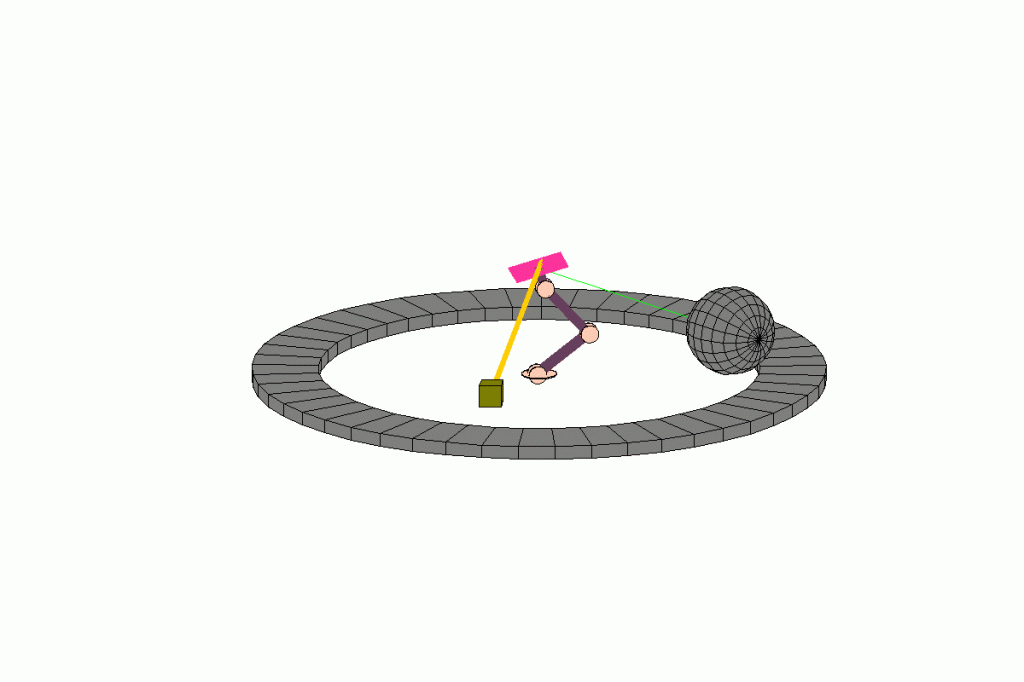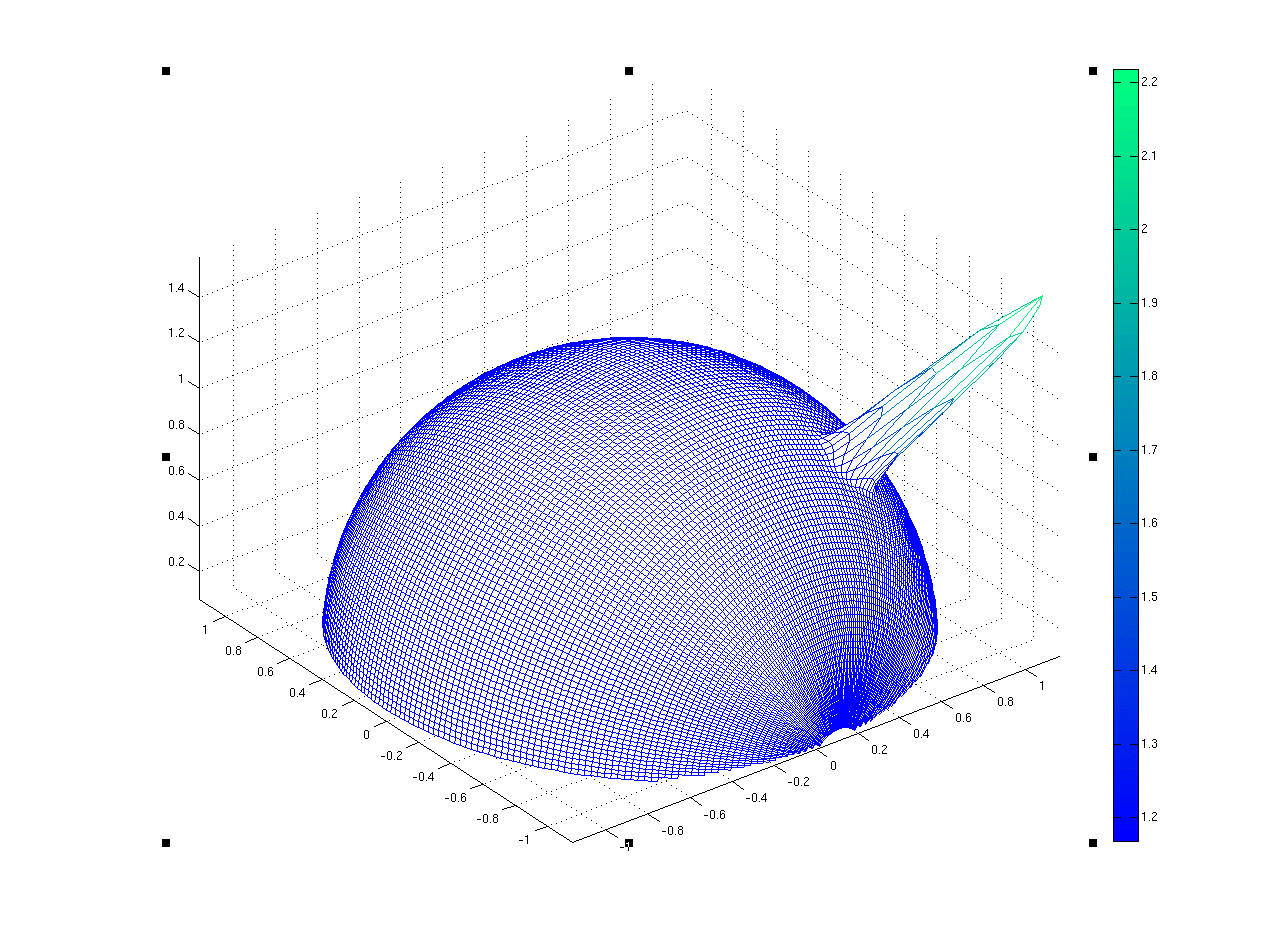WP Leader: PTB
WP 4: Modelling and data analysis
The aim of this workpackage is to develop appropriate modelling approaches and uncertainty evaluation schemes for multidimensional reflectometry. To this end mathematical models and corresponding virtual computer experiments for multidimensional reflectometry measurements will be developed. The virtual computer experiments will be employed in order to identify dominant uncertainty contributions for multidimensional reflectometry measurements of standard reference materials (WP1) as well as for more complex measurements related to goniochromatism (WP1) and gloss (WP2). The virtual computer experiments will also be utilised to develop and assess efficient geometrical sampling strategies for the measurement of the bidirectional reflectance distribution function (BRDF). The BRDF conveniently summarises many important aspects of appearance; however the corresponding measurements using robot-based gonioreflectometers are often time-consuming because the BRDF is defined as a 5 dimensional quantity.
In addition this work package will work on two further tasks:
(1) development of appropriate uncertainty evaluation schemes for colour coordinate measurements (related to WP1) involving highly nonlinear model functions;
(2) modelling and uncertainty evaluation of psychophysical measurements in order to enable a reliable prediction of the visual perception based on multidimensional reflectometry measurements (WP5).
Specular BRDF: Simulation of the BRDF of a glossy white sample, using Cook-Torrance model
Task 4.1: Development and implementation of virtual computer experiments for basic appearance properties in multidimensional reflectometry
Start: September 2013, End: May 2014
The aim of this task is to develop virtual computer experiments for multidimensional reflectometry measurements of standard reference materials and to perform sensitivity analysis with the help of virtual computer experiments. Owing to the complexity of multidimensional reflectometry measurements a first approach will consider different components of the measurement setup, i.e. the light source, the goniometric setup, the optical properties of the surface and the (spectrally sensitive) sensor in a basic mode.
Task 4.2: Enhancements of virtual computer experiments for more complex appearance properties in multidimensional reflectometry
Start: June 2014, End: February 2015
The aim of this task is to develop virtual computer experiments for the more complex BRDF measurements of goniochromatic specimens (W1) and gloss artefacts (WP 2) and to carry out sensitivity analyses for these measurements. Starting from the results of task 4.1 the virtual computer experiment will be refined in order to enable a modelling of the appearance properties goniochromatism and gloss. To this end appropriate empirical BRDF models will be selected to model of the optical surface properties of goniochromatic specimens and gloss artefacts. Sensitivity analysis will be carried out in order to identify dominant uncertainty influences for these more complex BRDF measurements.
Task 4.3: Efficient strategies for the geometrical sampling utilised within BRDF measurements
Start: February 2014, End: August 2015
The aim of this task is to develop efficient sampling strategies for the measurement of multidimensional reflection properties. Since the BRDF describes a 5-dimensional quantity covering 4 angular and 1 wavelength dimension efficient sampling strategies are required. This especially applies for the set of selected measurement geometries, i.e. the angular positions of the light source and the sensor utilised within the BRDF measurement.
Description of work: The virtual computer experiments developed in task 4.2 will be utilised to assess different sets of measurement geometries. The comparison of the results of the virtual experiments with the (known) multidimensional reflectance properties of the virtual optical surfaces enables an assessment of the different sampling strategies. By applying the experimental design techniques efficient sampling strategies will be developed.
A Principal Components Analysis (PCA) approach will be used to separate the spectral variable (wavelength) from the geometrical variables. This mathematical technique will decompose the spectral BRDF into decorrelated spectral components. This representation will facilitate the interpretation of the spectral variation at different geometries and will provide the geometries where the spectral information is not redundant, which will help to select the proper set of measurement geometries for every kind of material.
 SIMUClip: Virtual gonioreflectometer designed for the simulation of measurements in order to progress in the uncertainty evaluation. The sphere is the light source, the pink square is the sample held by the robot, the detector is in green.
SIMUClip: Virtual gonioreflectometer designed for the simulation of measurements in order to progress in the uncertainty evaluation. The sphere is the light source, the pink square is the sample held by the robot, the detector is in green.
Task 4.4: Uncertainty evaluation for CIELAB colour coordinates
Start: February 2015, End: July 2016
The aim of this task is to develop and assess appropriate uncertainty evaluation approaches for the measurement of CIELAB (L*, a*, b*) colour coordinates.
Description of work: The CIELAB colour coordinates constitute a 3-dimensional measurand. Therefore the approaches recently published in the Supplement 2 to the “Guide to the expression of uncertainty in measurement”-Extension to any number of output quantities (GUM S2) will be employed. The calculation of the CIELAB colour coordinates requires the application of a highly non-linear transformation to the
